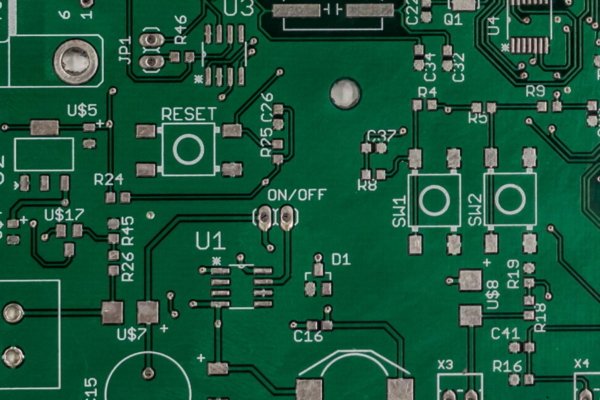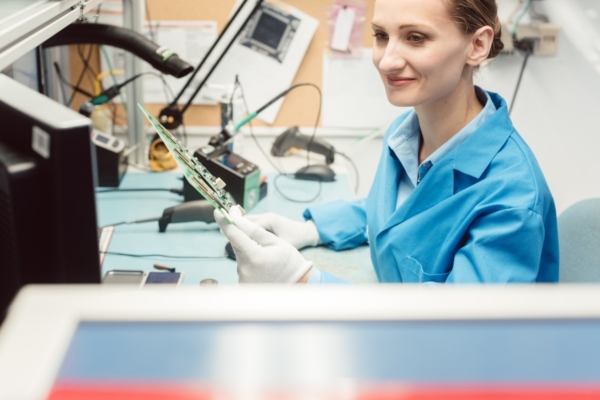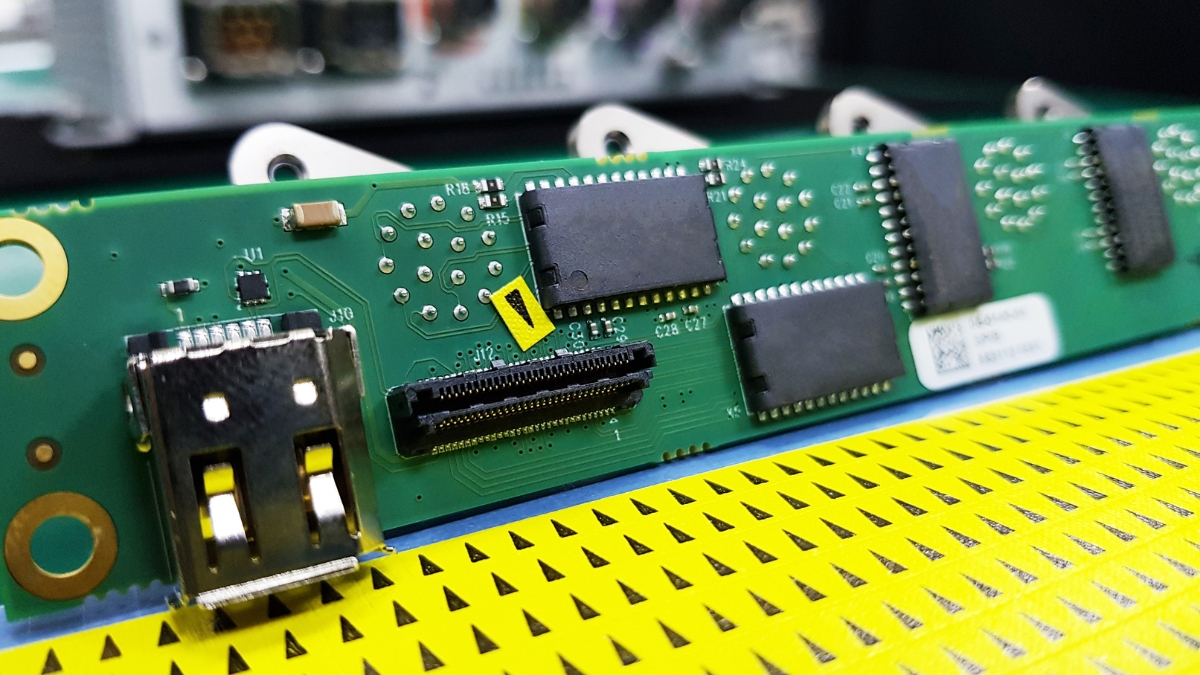What is Epoxy Smear
Epoxy smear is the unintentional deposition of epoxy resin on the edges of copper in drilled holes. This can occur as either a uniform coating or in scattered patches. The presence of epoxy smear is considered undesirable due to its potential to electrically isolate the conductive layers from the plated-through-hole interconnections. This can result in connectivity issues and adversely affect the overall functionality of the printed circuit board.
During the drilling process in PCB manufacturing, the epoxy resin used in the fabrication of the board can inadvertently spread onto the copper edges within the drilled holes. This phenomenon, known as Epoxy Smear or resin smear, poses a risk to the proper functioning of the PCB. The deposition of epoxy resin on the copper edges can create a barrier that hinders the electrical connection between the conductive layers and the plated-through-hole interconnections. As a result, the affected areas may experience poor conductivity or even complete isolation, leading to potential failures or malfunctions in the circuitry.
To ensure the integrity and reliability of the PCB, measures are taken to minimize or eliminate epoxy smear during the manufacturing process. These measures include optimizing drilling parameters, such as speed and feed rates, and using appropriate drilling techniques and equipment. By effectively managing epoxy smear, manufacturers can mitigate the risk of electrical isolation and maintain the desired functionality of the printed circuit board.





